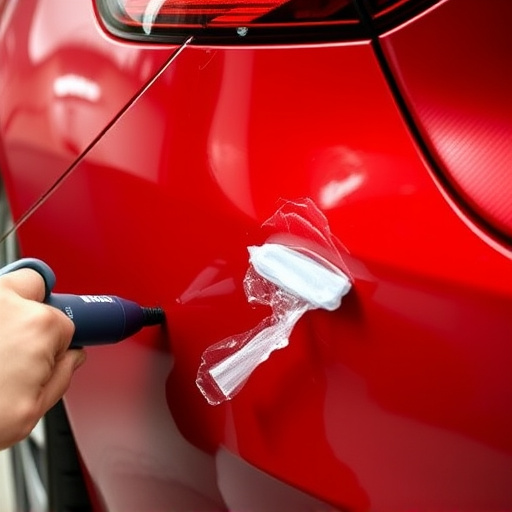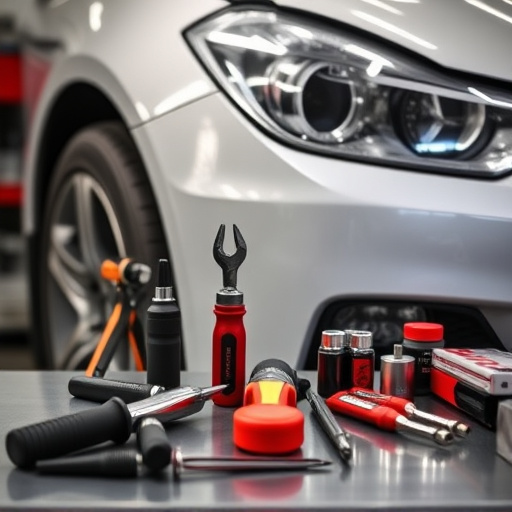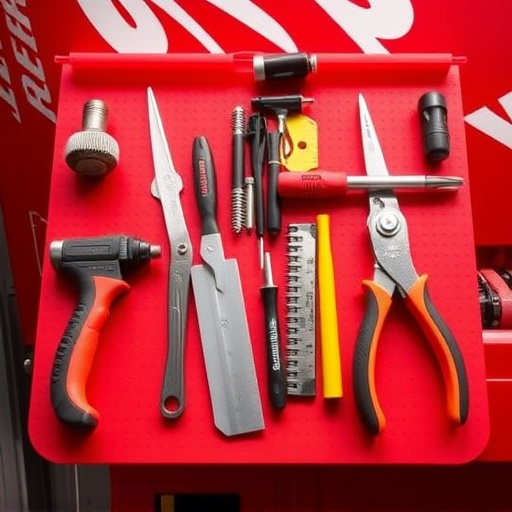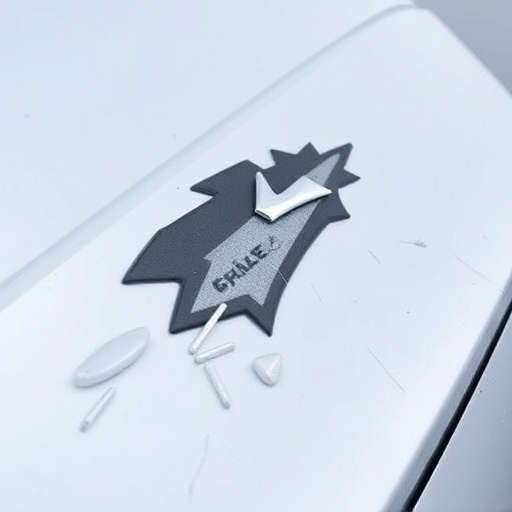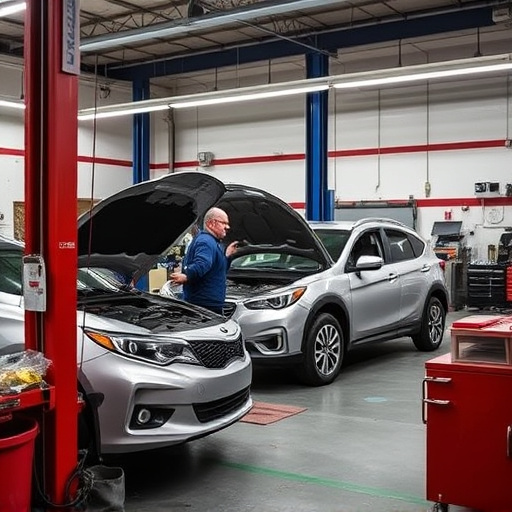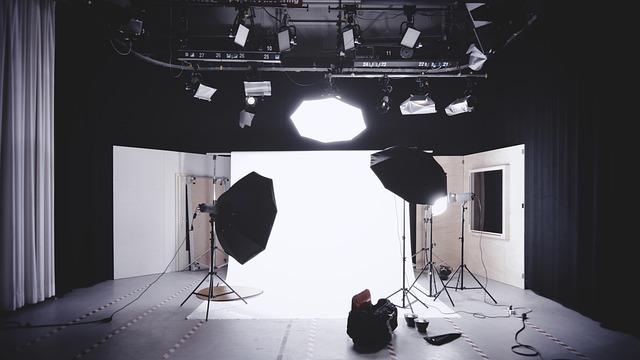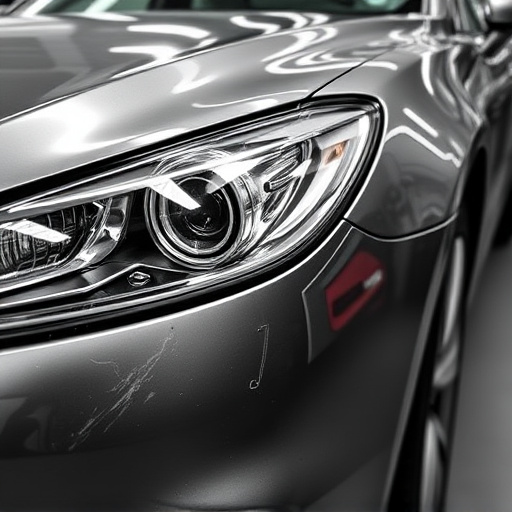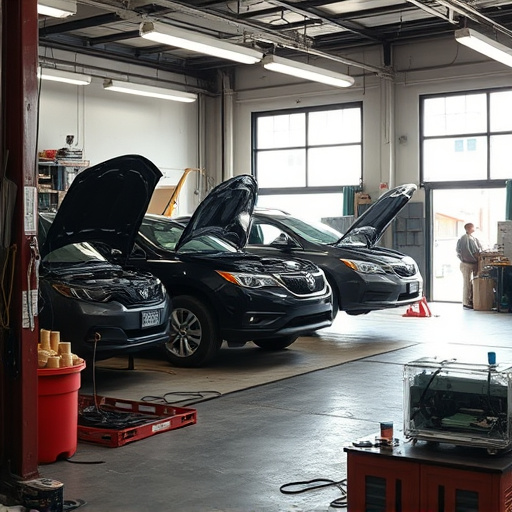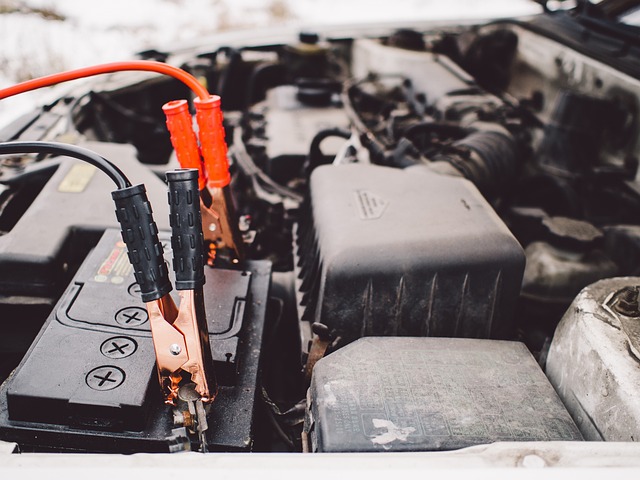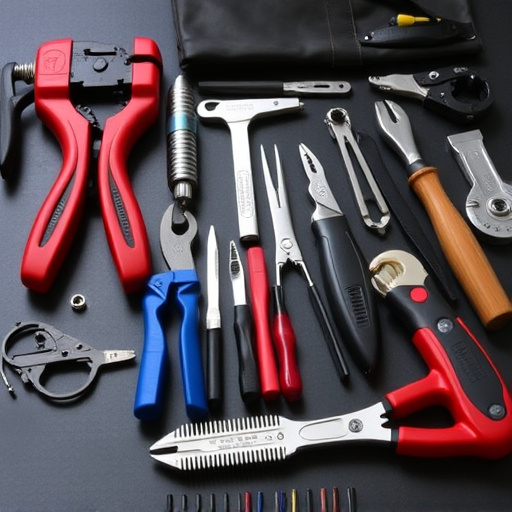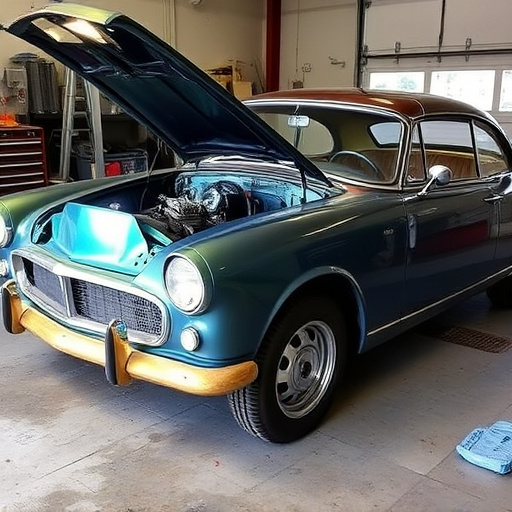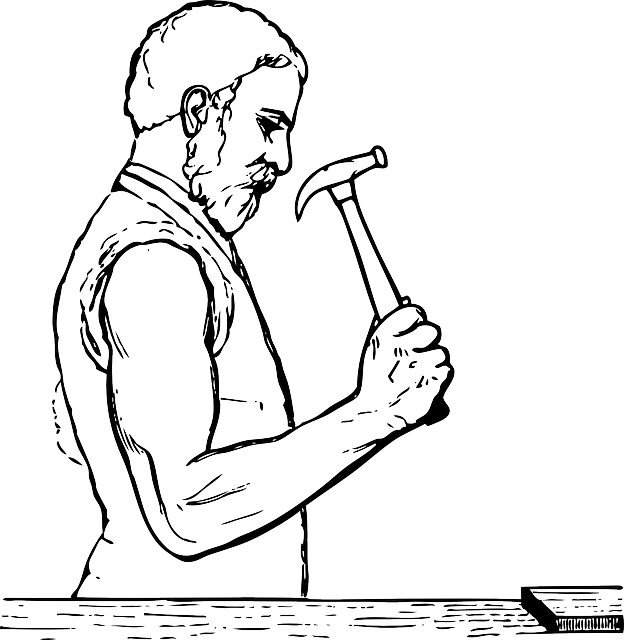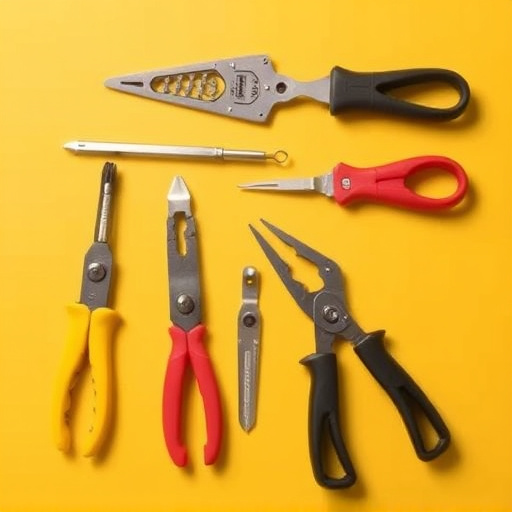Accurate spectrophotometer color matching demands a deep understanding of its principles and proper usage. This tool measures light absorption at specific wavelengths to translate color data into numerical values for precise matching in industries like tire services and car body restoration. Regular calibration, appropriate software, knowledge of reflectance and transmission, and advanced techniques involving custom formulas are essential for achieving consistent, long-lasting results. Proper instrument care through cleaning and adherence to care instructions is vital for minimizing variability and extending equipment lifespan. In complex scenarios, spectrophotometer color matching ensures precision in applications like autobody repairs, addressing surface nuances for perfect matches.
Unleash the power of precise color matching with advanced tips on using a spectrophotometer. This guide navigates the intricate world of accurate measurements, from mastering spectrophotometer basics to advanced techniques for complex colors and custom formulas. Learn how proper calibration and instrument care ensure consistent results, enabling you to achieve flawless spectral matches in various applications. Discover expert insights tailored for professionals seeking mastery in spectrophotometer color matching.
- Understanding Spectrophotometer Basics for Accurate Color Matching
- Calibration and Instrument Care: Ensuring Consistent Results
- Advanced Techniques for Complex Color Matches and Custom Formulas
Understanding Spectrophotometer Basics for Accurate Color Matching
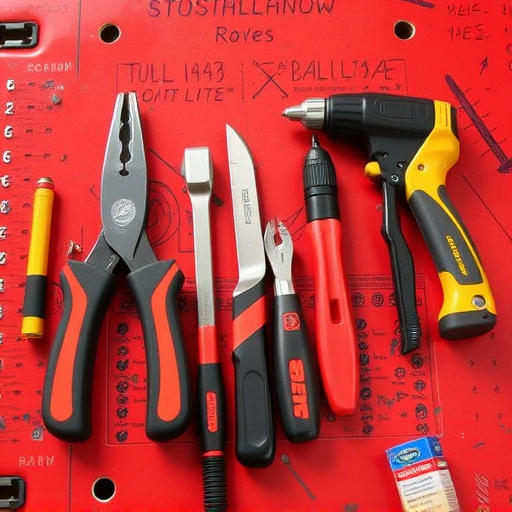
Using a spectrophotometer for color matching is only as accurate as your understanding of its fundamentals. This advanced instrument measures light absorption at specific wavelengths, translating color data into numerical values. To harness its full potential for precise matching in tire services, car body restoration, or auto body repair, users must grasp concepts like reflectance, transmission, and the spectrophotometer’s detection range.
Calibrated regularly and with proper software, a spectrophotometer can analyze and match colors with incredible accuracy. By understanding how it interprets color data, professionals in these fields can ensure consistent, long-lasting results for their clients. This goes beyond simple color selection; it involves manipulating variables like hue, saturation, and value to achieve the perfect match, be it for a faded car body panel or a worn tire sidewall.
Calibration and Instrument Care: Ensuring Consistent Results
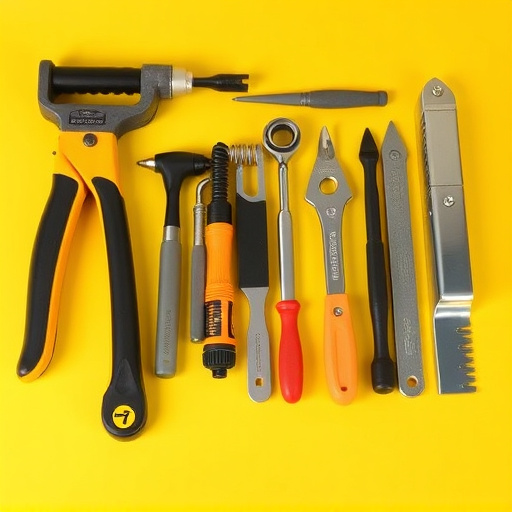
Proper calibration and regular instrument care are essential practices for achieving consistent and accurate results when using a spectrophotometer for color matching. Before conducting any measurements, ensure that your device is properly calibrated according to the manufacturer’s guidelines. This process involves adjusting the instrument to known standards to guarantee precise readings across the entire spectrum of light.
In addition to calibration, maintaining the spectrophotometer between uses is crucial. Regular cleaning and care extend the lifespan of the equipment while minimizing variability in results. Preventative measures, such as wiping down the instrument’s surface after each use with a microfiber cloth, can accumulate dust and debris that may affect measurements. Following these simple care instructions ensures your spectrophotometer remains reliable for tasks like auto body repair, collision damage restoration, or any other precision color-matching applications.
Advanced Techniques for Complex Color Matches and Custom Formulas
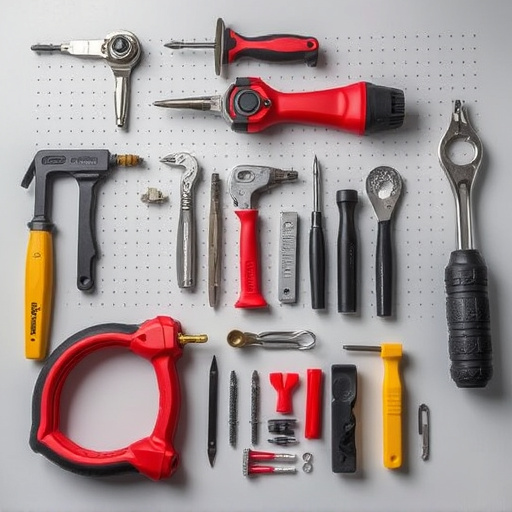
When dealing with complex color matches, spectrophotometer color matching takes on an even greater role in achieving precision. Advanced techniques involve utilizing custom formulas tailored to specific material properties and unique color requirements. By delving deeper into the spectrophotometer’s capabilities, professionals can fine-tune measurements for intricate hues, ensuring minimal deviation from the desired shade—a crucial aspect in industries like autobody repairs where a perfect match is essential for restoration.
Customized approaches allow for addressing the nuances of various surfaces, including those with peculiar finishes or historical colors. These advanced methods are particularly valuable in scenarios such as car dent removal and vehicle dent repair, where restoring a vehicle’s original aesthetics demands an exacting science. Custom formulas provide a powerful tool to meet these challenges, enabling specialists to deliver exceptional results that are both visually stunning and technically accurate.
In conclusion, mastering advanced tips for using a spectrophotometer in color matching can significantly enhance your precision and efficiency. By understanding the basics, calibrating and caring for your instrument, and employing complex techniques for intricate matches, you’ll achieve consistent and accurate results. Incorporate these strategies into your workflow to elevate your spectrophotometer color matching capabilities.
